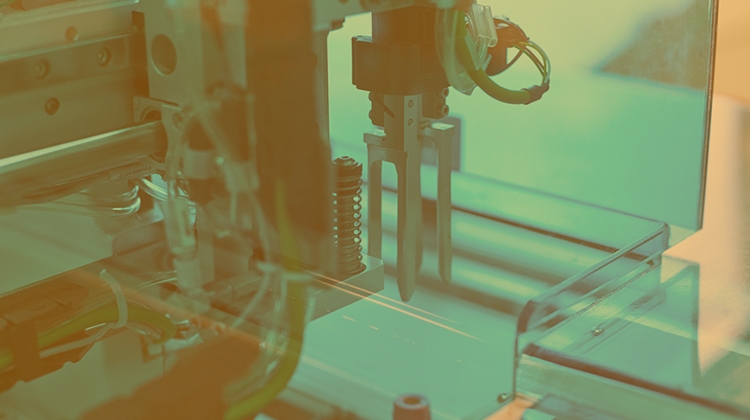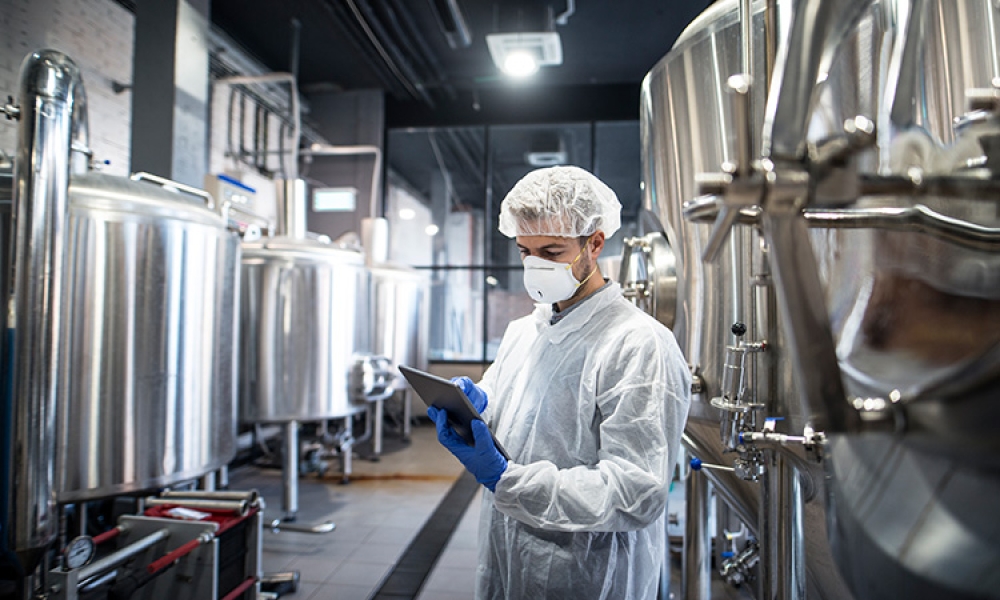Current State
Looking at where we are today, I see a further shift to modular designs that processes will fit into. To save time and money, companies are utilizing modular systems both in building construction and equipment design. Vendors have also shifted their focus from specializing in custom products to specializing in more generic or modular designs. This allows them to offer equipment that includes a complete package, including equipment, automation, and validation, so there is a common platform to plug in quickly greatly, reducing the time and effort the owners have to exert to start the process.
The shift to a more flexible process can also be seen in portfolio management. Large pharma companies are working toward narrowing their portfolio by focusing on investing in companies that have products in specific diseases, or with specific or similar processes, and divesting products that no longer fit into that narrowed portfolio. This could result in products that have similar processes with the hope that facilities can be more flexible and produce multiple products on the same process line.
Maybe the greatest game-changer to increase flexibility and reduce overall processing time was the introduction of single-use equipment. One of the most significant challenges associated with running multiple products on shared equipment is validating the changeover and the cleaning. In the past decade, the industry has seen a major shift to single-use with some facilities proving they could run almost exclusively off single-use equipment. However, now that the COVID-19 pandemic has highlighted the extreme risk and consequences with single-use equipment due to material shortages, the future of single-use technology is unclear. One of the greatest improvements in flexibility and increasing a company’s ability to expedite getting product to patients faster has now become one of the largest bottlenecks in achieving that same goal. As we have seen in the past, there is always a tradeoff in speed to market versus a robust and reliable process. So, the question is continually asked - how can we increase flexibility within our process to get product to patients faster while maintaining reliability?
The Future
As the pharmaceutical industry continues to adapt and strives to keep up with the growing need of patients worldwide, we ask the question: what more can we do? As we have seen the evolution of flexibility in design and start-up of facilities, where can the process go next? The recent developments in vaccines support the flexible process ideation by providing the equipment design and facility to be flexible and the process itself to be flexible. The process to make a drug is unique, relying on critical process parameters but the idea that the same process can be used by only changing the input is the future of pharmaceuticals. What if drug manufacturing could become more streamlined where each process did not have to be unique, but only the input and outputs changed. Instead of designing your equipment and facility to a process, what if the process was designed for an existing facility?
Join me for the session "Benefiting from Emerging Technologies" during the 2022 ISPE Facilities of the Future Conference to gain insights from industry experts in meeting the extraordinary challenges of pharmaceutical production and development in the COVID age. Hear about their experiences implementing new and emerging technologies and how these lessons learned can benefit future opportunities.
Learn More & Register




